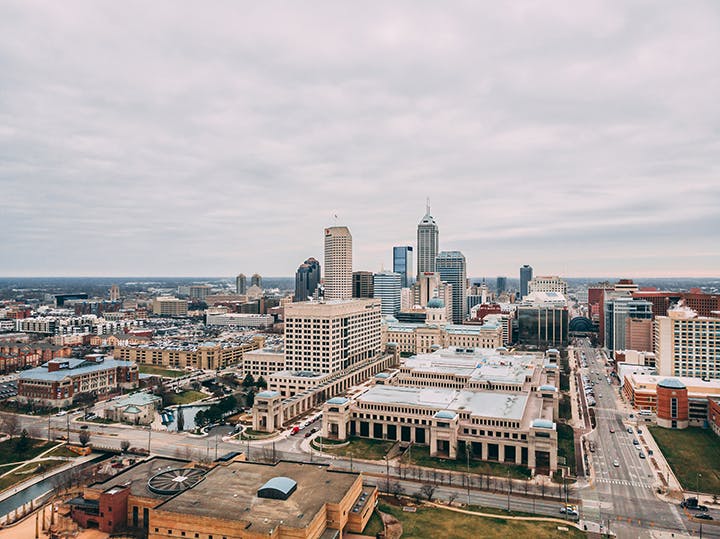
The world has become a very scary place. It isn’t just coronavirus and economic instability, it is riots in the streets that threaten to spill into the suburbs. Though this is an unprecedented time in the United States, there is no reason you should feel defenseless. Whether you own a small business, a condo, or a home, the right security system can make a huge difference in deterring criminals and catching anyone that should invade your sanctuary.
Along with many major cities around the country, the May and June protests surrounding the death of George Floyd and other African-Americans at the hands of police brutality rocked the nation, including the Indianapolis area. However your reaction to the situation, it has brought into question many aspects about law enforcement and how the public is meant to protect themselves from crime (both systematic and criminal). Businesses both large and small were heavily affected by looters and rioters, but the protests have turned from violent to peaceful and demonstrative (for the most part), and even law enforcement have recognized that a military stance makes for a poor example.
Taking all of this into account, what are some of the best ways to help protect your business, your family, and your home from criminals and disasters that would affect your livelihood and the things you love? We will share some of the tools you can use for home security as well as a few extra pieces of equipment that may just help save your home in different ways.

Unique Challenges for Indianapolis
The city of Indianapolis can be a dangerous place, and unfortunately, this was true before all of the current events. The FBI regularly publishes statistics based on the number of confirmed cases of crime received during every year. Out of a population of about 877,000 people in 2018, the violent crimes reported to the Indianapolis Police Department grew to 11,170. This means that 1 in 75 people in the city in that given year became involved in some sort of violent altercation. Other types of crime include over 23,000 acts of theft or larceny, almost 8,000 acts of burglary, and 36,000 acts of property crime which include break-ins and vandalism. NeighborhoodScout.com shares that for every 1,000 residents, about 42 acts of property crime are perpetrated. Unfortunately, this is almost double the average of the rest of the state.
Unfortunately, this is nothing to say of the statistics that will come to light as the rest of the year unfolds. As reported by WTHR 13, one type of nearly insurmountable challenge has become common in just a few short weeks for many small businesses. For the once successful Windsor Jewelry in downtown Indianapolis, a store that has been open for about 100 years, this may prove true. First came the pandemic which wiped out the store’s income. And then came the riots, which tore out almost everything inside the store. While the owners never said they would not be able to bounce back after everything returns to some semblance of order, many businesses will not. You can find more information about this in the video below.
Another type of crime that has skyrocketed due to the epidemic is motor vehicle theft. With most people staying in their homes, their cars became a ripe target for larceny and theft. Even in broad daylight, windows would be smashed and anything inside of value would be stolen. The Associated Press writes that because criminals (and most notably, teenagers) have nothing else to do, it has created the “perfect storm” in cities like New York and Los Angeles. It becomes worse when vehicle owners do not lock their doors, and especially bad when they forget their keys in the vehicle.
But the one thing we at Cove Security know is that the American spirit of endurance is still strong. Businesses will be founded, homes will be repaired and built, and no matter what “normal” may look like for the city of Indianapolis, Indianapolis residents will recover from this difficult time. Looters and burglars will continue to commit their acts, but with the right tools, technology, and knowledge, you will be able to protect your possessions and the people you love.
How to Create a Complete Security System
It is an unfortunate fact that nothing is certain in this world. It has been said that the only perfect security system is the one that no one can break, not even the ones who installed it. In the real world, security systems with only a few individual parts can only do so much to protect your home and business. Whether you choose to install your system yourself or with a professional monitoring security company, it is wise to do everything in your power to create a complete security system that can cover all your bases. The right combination of tools can only help increase your chances of protecting your property. From cameras to loud alarms and even 24/7 monitoring, here are some of the basic tools you will need to consider.
Secure Locks and Strong Doors
As the front line of your home’s protection, tough doors and even tougher locks keep intruders out and invite the right people in. Even if you think your door is already strong and secure, you would be surprised at how easy it is to kick down a door (check out this video by Beyond Locks for an example of what happens to a typical deadbolt and wooden door when someone tries to kick it down).
Knowing this, any homeowner may feel particularly vulnerable. Not to worry! Here is a list of things you can do to make installation of security devices easy and secure:
Metal-reinforced doors
This sounds expensive, but it isn’t. A quick search from Home Depot shows the typical steel door to be $120 to $250, with some including a brand new frame. Wooden doors can splinter and break, but steel doors can take quite a bit of punishment. Better yet, you will not have to sacrifice style, as steel doors come in many different colors and designs to compliment their strength.
Fiberglass and composite-material doors
Although these doors are more expensive than steel of wood, fiberglass doors have many advantages over them. This includes typically tougher door frames, warp and weather resistant surfaces, and energy efficiency because of improved insulation. Glass doors will be more vulnerable to force, but solid fiberglass is flexible enough to take hit after hit without breaking down.
Mortise locks
If you have never heard of a mortise, the term comes from woodworking where a smaller piece of wood is inserted into a larger one via a drilled-out channel. A mortise lock is the same, placed six to seven inches into the interior of the door, essentially becoming part of the door itself. Combined with a strong door frame, these locks are almost impossible to force through. In fact, the next time you visit an office or a school, most interior doors are indeed mortise locks.
Here is a fantastic video from Consumer Reports on a number of ways you can improve the security of your doors, and how the industry tests the durability of their newest hardware from tampering and force. You should definitely check it out!
Surveillance Cameras
Do you know the greatest deterrent a home can have that will stop burglars in their tracks before they even attempt a crime? The answer is a security camera. Placed strategically around your home, you have the option for both conspicuous or hidden cameras. This will give you the ability to threaten any intruders as well as capture their images for prosecution should they actually try something.
The best kind of cameras nowadays are NVR cameras, which stands for network video recorder. You may have seen footage in the past from grocery stores or gas stations that look fuzzy and indistinct. I believe everyone has wondered why they couldn’t be clearer; wouldn’t that help to stop the bad guys? Unfortunately, the technology at the time prevented any better resolution because of the memory space required to do so. Even the latest DVR cameras, or digital video recorder, are fairly restricted for the same reason: capturing long stretches of high-resolution video takes a lot of hard drive space. Worse, these public spaces have to keep recording 24/7, meaning the frame rate is usually terrible.
NVR cameras can solve this problem by uploading all of the footage wirelessly to the cloud. Purchasing additional cloud storage is as simple as a small monthly fee. And with literal terabytes of memory, your cameras will have no problem clearly capturing images of any would-be criminal that tries to invade your home. Combined with motion sensors that keep your cameras off when they are not needed, and you will have just what you need.
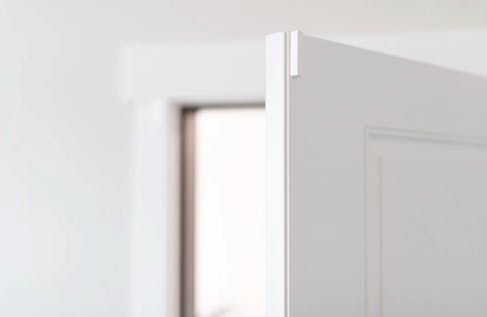
Burglar Alarms
An alarm system comes standard with any home security system package. Depending on the security company, this can be as simple as a loud siren to an immediate automated call to the authorities. The difference between effective burglar alarms is how the alarm is triggered. Cove Security, for example, offers a few easy-to-install tools that will do the job perfectly.
The first is a door sensor. This type of sensor comes in two parts: one that is screwed into the inside frame of your door, and the second that is attached to the door itself. These sensors are magnetic, and as long as they face each other and the magnetism is unbroken, there is no problem. Once the door opens and the sensors separate, the alarm will sound.
Another sensor of the same type is a window sensor. Almost identical to the door version, these come in two pieces, one attached to the window and one to the sill or window frame. If the window slides open, the alarm will go off. A unique alarm that Cove offers for windows is a glass break detector. Placed on any wall of your home, this sensor listens for the distinctive tones of breaking or shattering glass and triggers the alarm the moment it hears it.
Always make it a habit to activate your alarm system during the day when everyone is away from home, or during the night when everyone is asleep. After all, just like an unlocked door, an alarm system is only effective when active.
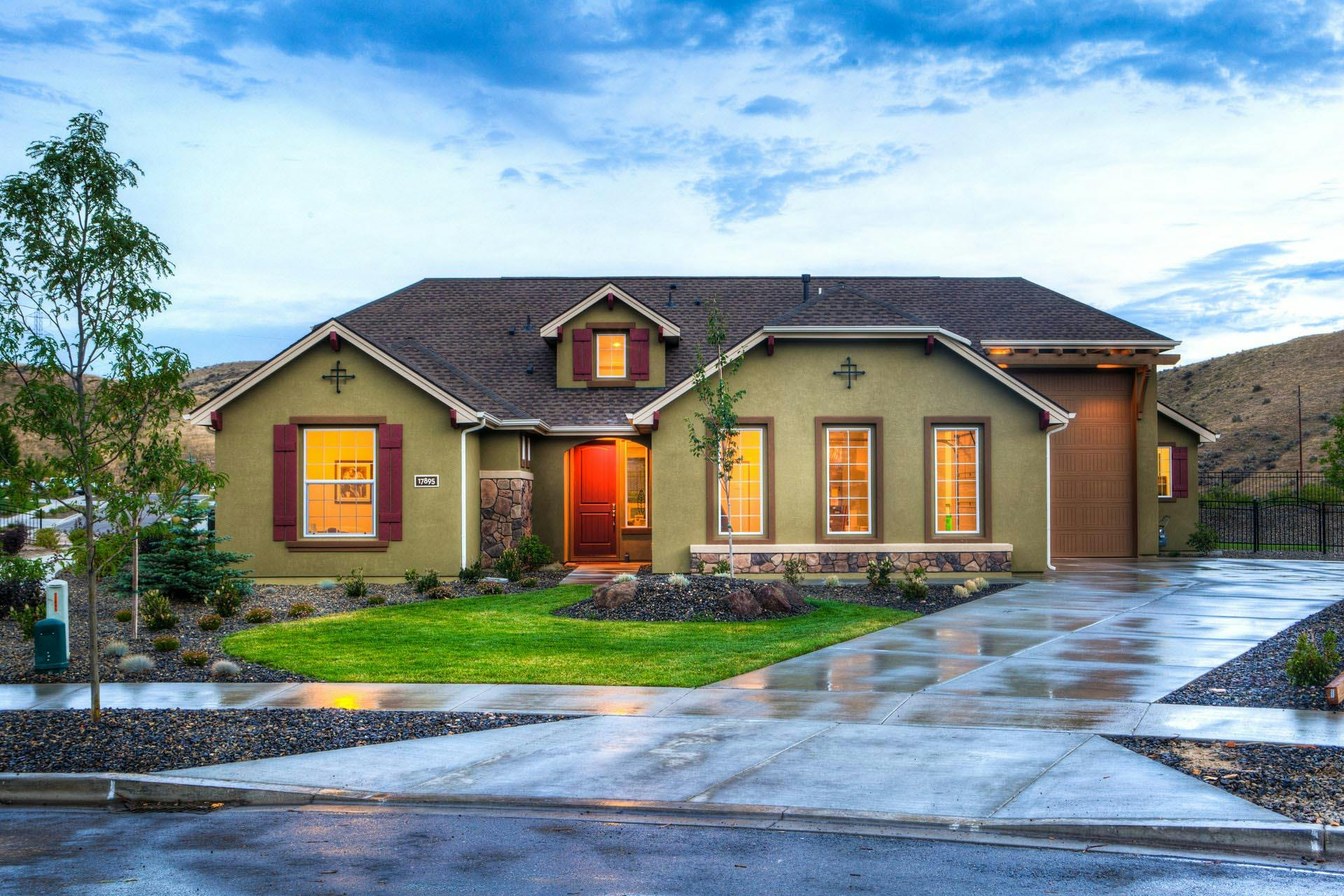
Motion Sensor Technology for Outdoors and Driveways
Now that you have a strong door, working cameras, and an alarm system, what’s next? Instead of waiting for the criminals to come to us, let us identify anyone or anything that approaches your property without your permission. Motion sensors come in a few different designs for different applications, so it is important to place them where they will be the most effective.
First is an IR motion sensor. Infrared sensors are just what you would find at the base of a garage door (the device that makes sure the door does not close on anyone). This motion sensor comes in two parts, each facing each other and shooting a beam of infrared light at each other. The moment the beam is broken, the alarm or security hub it is wirelessly attached to will go off. These motion sensors are great for narrow spaces such as sides between the front and back yard.
Second are PIR sensors. This stands for passive infrared. This sensor relies on infrared radiation as well, but uses it in a different form. Instead of relying on additional parts, these single sensors identify targets based on radiation in the form of changing temperature. Should an animal or person pass the sensor, the alarm will be triggered. These sensors are inexpensive and easily installed in wide open spaces. Keep in mind, however, that the typical range of these sensors is ten to fifteen feet, so install each accordingly.
The last type of sensor is called a probe motion sensor. These rely on vibration, making them perfect for driveways and outdoor spaces where vehicles pass. Buried beneath the earth and connected to a wireless transmitter, a bell or alarm will sound should a vehicle approach or park near your home.
With all three types of sensors connected to a central hub, you will know what is outside, where they are, and how to act accordingly.
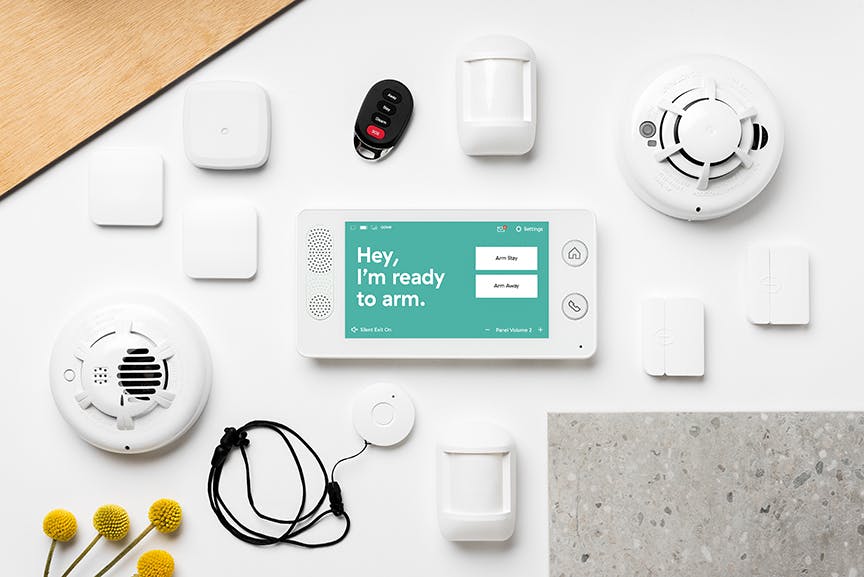
24/7 Home Monitoring and Smart Home Technology
When you hear the term “smart home”, you may think of technology that is beyond your budget and difficult to use. In truth, smart home devices and home automation are not only affordable today, but they can help you control all of your security solutions and safety devices from a single place, simply and easily. Having a central “hub” is vital to a complete security system; having all of the puzzle pieces in place requires it. Cameras, motion sensors, flood sensors, window and door sensors, and all of the other digital devices you use would be too complex to maintain all together, and something is bound to be neglected.
Here are just some additional devices that can be controlled by smart home technology and automation, and how they can make your home and business safer.
Smoke alarms
You know them, you’ve seen them! These circular devices should hang from many surfaces of your house, especially over places that are more likely to catch fire and over bedrooms to alert you of fire at night when you are asleep. What you may not know is that these devices can be attached to your security system and provide automatic alerts to local authorities when smoke is detected. Be careful of false alarms, however.
Carbon monoxide detectors
One part carbon, one part oxygen, this odorless and colorless gas is extremely deadly. Most of the time produced by vehicles that remain running in enclosed spaces and by faulty furnaces, this gas has taken many lives. CO alarms placed at around hip level in your home will detect this terrible gas and warn you of its danger; this is what makes the gas so horrible, as the gas is heavy enough that it drifts through the home just at bed level and affects those that are sleeping. Connected to your security hub, you will know roughly where the source is. Never try to seal off the faulty device by yourself, though! Your local fire department should always do this for you. If a CO detector goes off inside of your home, evacuate immediately.
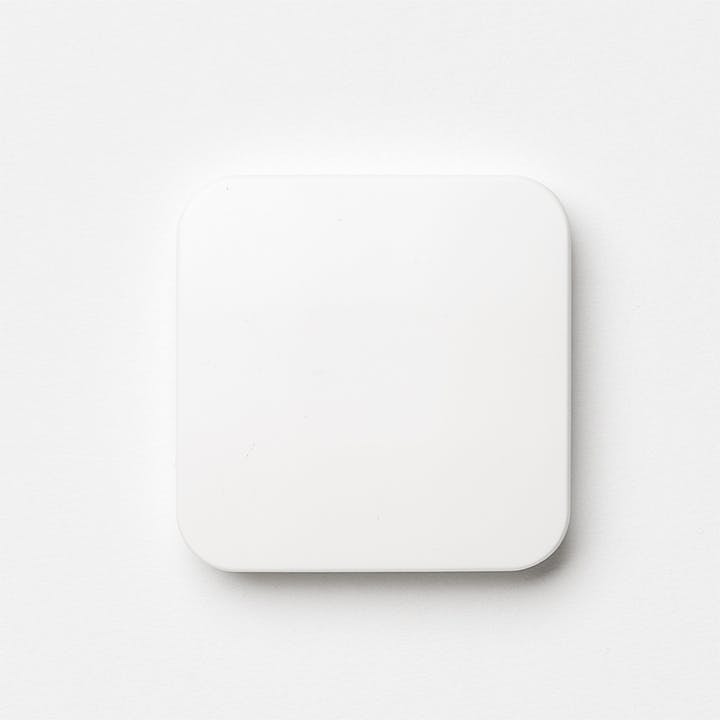
Flood sensor tech for kitchens and basements
A flood sensor is a moisture detecting device that monitors constantly for traces of liquid in its vicinity. Placed in areas where flooding might occur, it can send an alert straight to your security hub to warn you of the location to help you shut off your water supply and check for damage. Fortunately, these sensors can find even small drips, helping you stop a disaster before it starts.
24/7 home monitoring service
Depending on the home security company you work with, they may offer a constant monitoring service of your home and report any alarm that goes off to local authorities. Companies like Cove do just that. There are advantages and disadvantages to this, of course. The advantage is that you will never have to call 911 in an emergency; they will always be called automatically in case of a break-in (if you have your settings chosen for that). The disadvantage is a false alarm. The city of Indianapolis requires all security systems that use 24/7 monitoring to be certified by the city, and penalties will be applied to alarms that go off by accident. As you might imagine, a false alarm that calls the police distracts them from actual crimes, and clogs the system as a whole.
Cellular Monitoring
Worried that you won’t be able to access your alarm when you are gone from your home? Today’s smart technology solves that problem by providing cellular monitoring via cell phone apps. With your smartphone, you will have remote access to your central security hub as though you were at home. Connect with your cameras, motion sensors, and more right from the palm of your hand.
